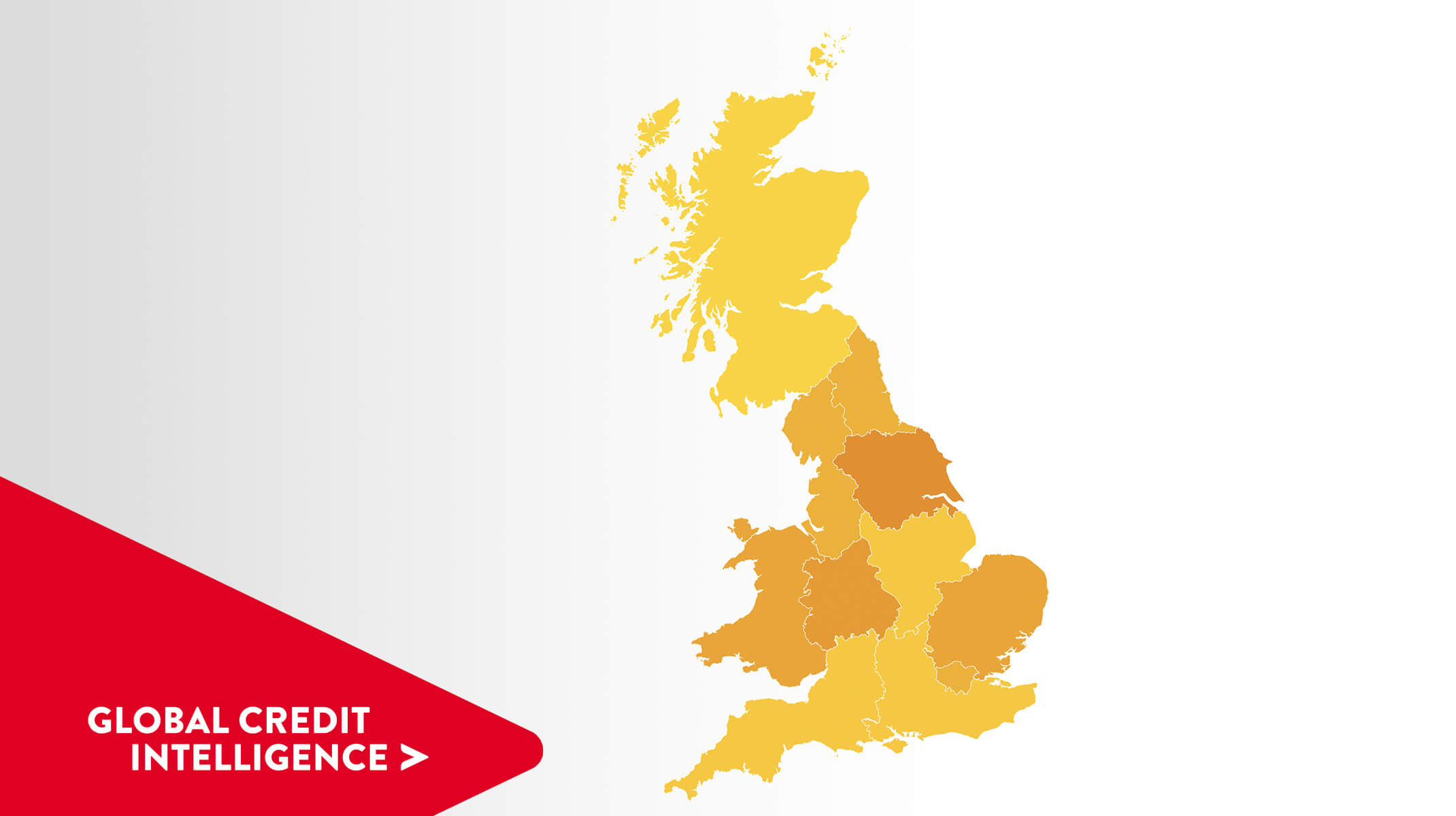Pepper Advantage sees highest growth in UK mortgage arrears rate since Financial Crisis
21 June 2023

- Global credit intelligence provider, Pepper Advantage, has published data on its UK residential mortgage portfolio that reveals an 11% jump in its rate of arrears
- The rise is consistent with a 33% year-on-year increase in the rate of loan repayment collection failures – or Direct Debit Rejections
- Pepper Advantage’s 100,000+ UK residential mortgage portfolio has a higher concentration of borrowers who qualify for a discounted mortgage – and are more likely to be acutely impacted by the cost-of-living crisis – than the broader market, revealing pockets of stress other datasets miss
London, 21st June 2023 – Pepper Advantage, a global credit intelligence company with over $60 billion in assets under management, has published data on its portfolio of over 100,000 UK residential mortgages, which shows a material rise in borrower arrears.[1] In the year to April 2023, Pepper Advantage saw an increase of 11% in the percentage of residential mortgages in arrears, the highest growth rate since the global Financial Crisis.
The rise in mortgage arrears is consistent with Pepper Advantage’s data on repayment collection failures – or Direct Debit Rejections (DDRs) – where a direct debit instruction is processed by a creditor, but there are insufficient funds in the borrower’s account. DDRs have historically been a leading indicator of borrower stress, and in the year to April 2023, the company saw a rise of 33% in the percentage of accounts with a DDR across its UK portfolio. A borrower who experiences a DDR may fall into early arrears but can often manage for a period of time, which is why there is an assumed lag between rising DDR rates and accelerating arrears.
Pepper Advantage’s data has charted a generally upwards trend in its DDR rate through 2022 and into the first quarter of 2023, with a spike in January, a month that typically sees a seasonal increase following the holiday season. The peak in January 2023 represented an all-time high. This latest publication follows a similar in-depth report on the Spanish mortgage market in April 2023, which also showed rising DDRs.
The Pepper Advantage data reveals some interesting regional and product variations. The arrears rate rose 35.7% for fixed rate mortgages and 25.1% for variable rate mortgages, but the variable rate growth was recorded off a higher base. Moreover, approximately one in five variable rate mortgage borrowers in Pepper Advantage’s portfolio registered at least one delinquent payment in the five months to April 2023.
A clear north-south divide is also emerging, with higher percentages in the North East and North West of the UK – an arrears rate of approximately 10% in each region – than in London, where arrears in April 2023 ran around 5%.
An age breakdown suggests that cash reserves for all age groups are running dry, with younger age groups seeing the highest growth. The percentage of mortgages in arrears for borrowers aged 21-30 and 31-40 grew 50% and 42%, respectively.
Pepper Advantage uses the data and insights it generates from its portfolio of managed mortgages to identify areas of borrower stress and target solutions on behalf of its clients. These solutions might include concessional arrangements to pay; term extensions; interest rate reductions; short term interest-only periods and payment holidays.
Commenting on the data, Gerry McHugh, Chief Executive Officer of Pepper Advantage UK, said:
"Signs of financial stress are diluted when you look across borrowers generally, but the picture is very different when you concentrate on certain segments. We can see where financial pressures are most acute as well as where leading indicators suggest these pressures could grow. The real-time granularity of our credit data equips us to work with our clients to best help borrowers during difficult times.”
1. Mortgage arrears defined as those that are 30+ days delinquent in payment.
Most read
J.C. Flowers Acquires Pepper Advantage from Pepper Global
Pepper Advantage to Acquire Computershare’s UK Mortgage Servicing Business
Pepper Advantage will manage Servicios Prescriptor y Medios de Pagos loans
Pepper Advantage Announces Closure of Acquisition by J.C. Flowers to Fuel Company’s Next Growth Phase
Prism: Powering the Future with Innovation, Data, and Customer-Centric Technology
Cookie settings
